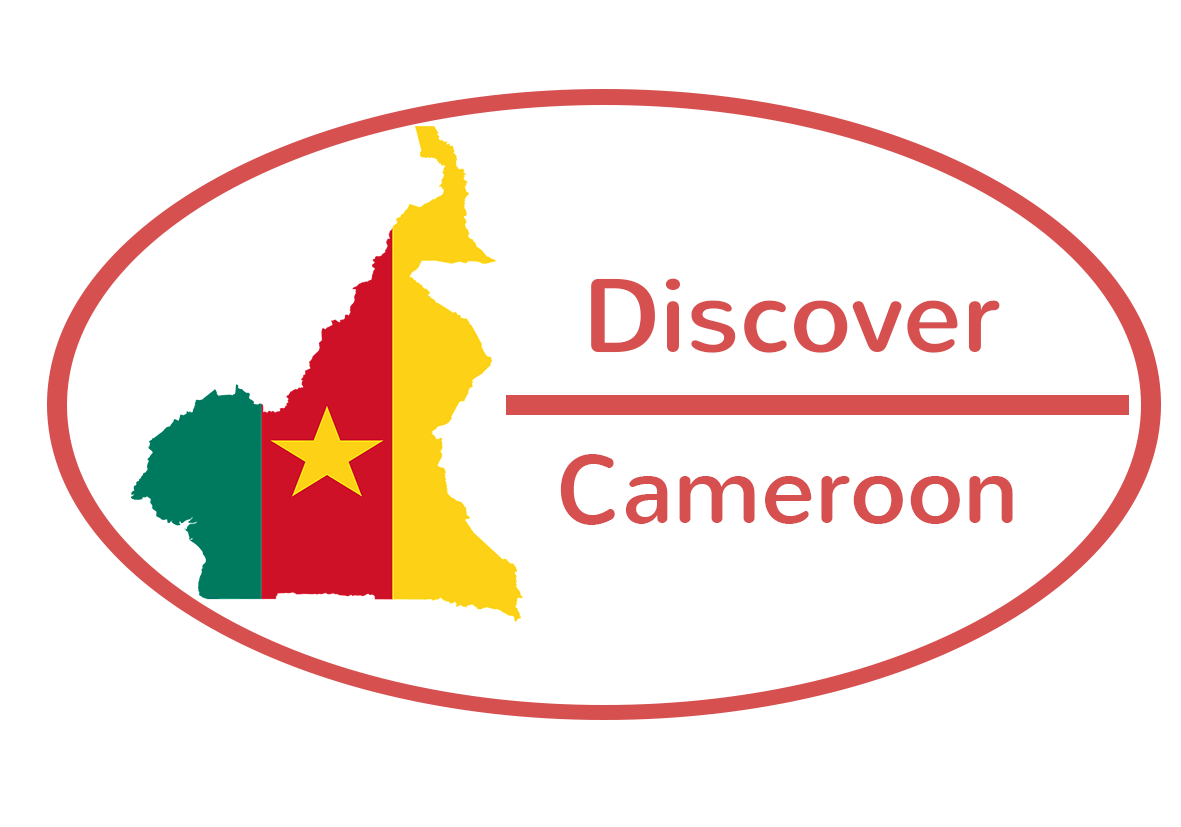Cameroon Cultures
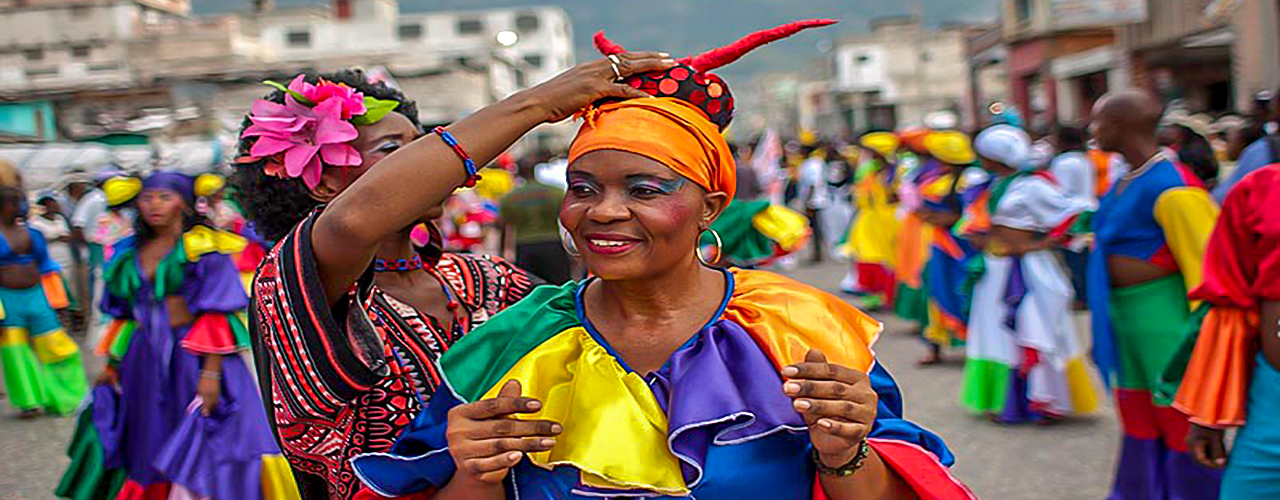
Cameroon has a unique culture which is seen through its traditional architecture, local food, folk festivals, ceremonies, arts and crafts and a social organization modelled on traditional values. The country has four major cultural groups: the Fang-Beti in the south, the Sudano-Sahelian in the north, the Sawa in the Coastal region and the Bameliké in the west. Each has their own unique rhythmic music. You can experience their traditional dances, culinary art and their individual culture. A unique social life experience. As you walk through the markets, you will, you can smell the hospitality.
Fang-Beti peoples
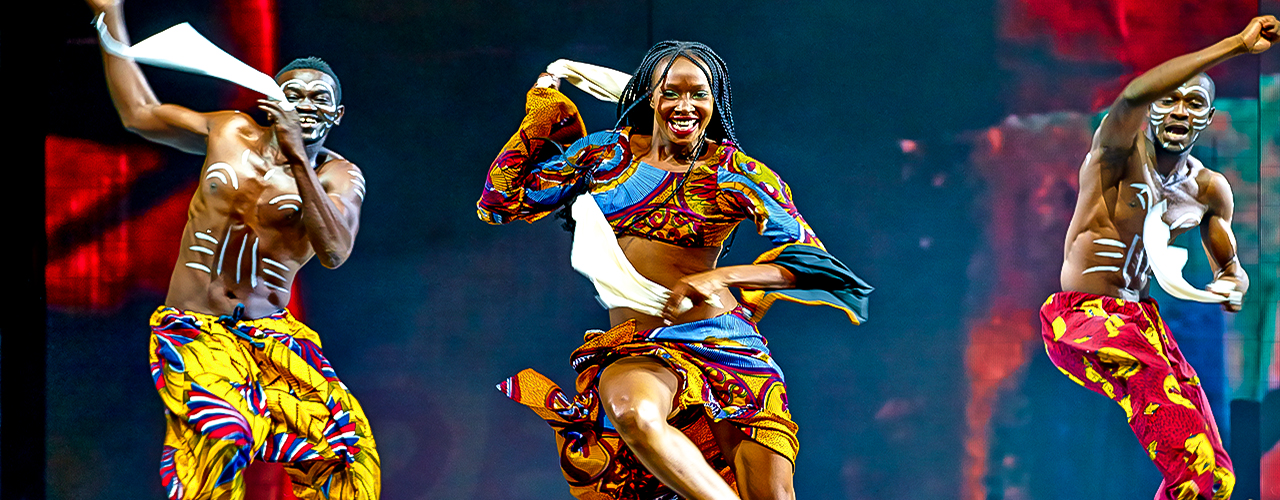
Fang Beti ethnic group belong to the Bantu people. There are found in Cameroun, in the rainforest and other African countries. They Fang Beti is made up of more than 20 individual clans living under a traditional ruler considered the highest authority. Decisions are made by consensus. The origins of the Fang-Beti is unclear. Their traditions are based on myths, tales and legends. Their stories are handed down through their artistry and their music. They are also famous for the many festivals and cultural events organized annually with the dance, theatre, music and art.
Grassland peoples

The Bamileke and the Bamenda people live in the grassland. They are found in the north and west of Cameroon. This cultural area consists of mountain ranges and cool, constant temperatures throughout the year and heavy rainfall. These people are famous for their art and this area is known for its beautiful costumes, great shows and colourful festivals. The Ngouon festival in Foumban is one of the best.
Coastal peoples
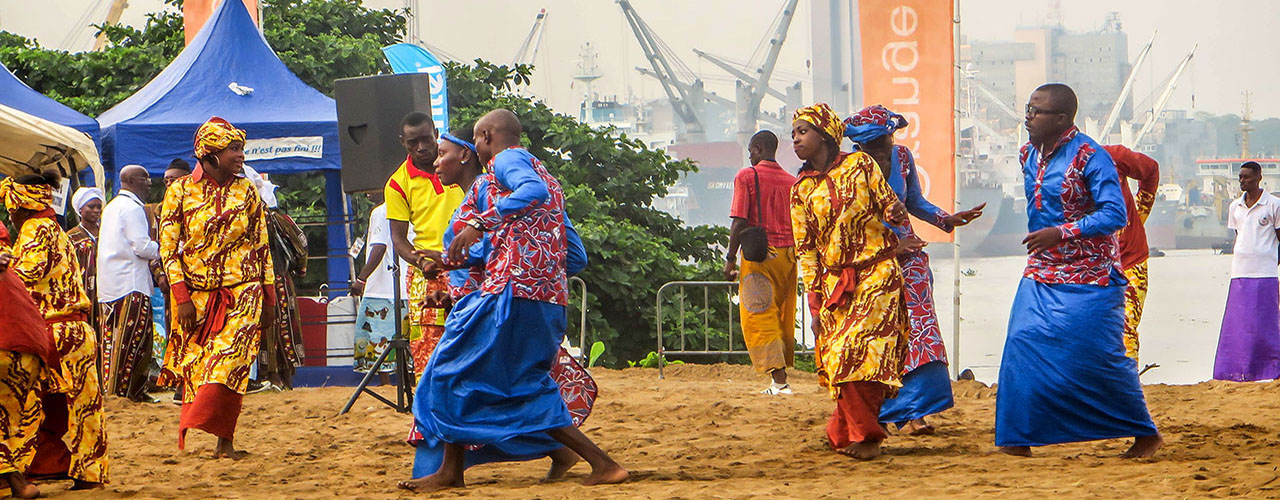
The Sawa (the people of the water) belong to Bantou people and are on the Atlantic coast and in several other African countries. The Sawa people live in big cities communities and in small villages. The Ngondo day is the traditional Sawa festival. It is held in the first week of December near the Wouri River. It is a great festival rich in colour, dance and traditional songs aimed to unite the Sawa community and seeking the protection of their ancestors living in the water. The Ngondo festival is open to the public and is an event not to be missed. In addition to the Ngondo festival, several other festivals are organized in the region such as Mpo’o festival in Edea and Mbo’o festival to Nkongsamba.
Sudano-Sahelian peoples
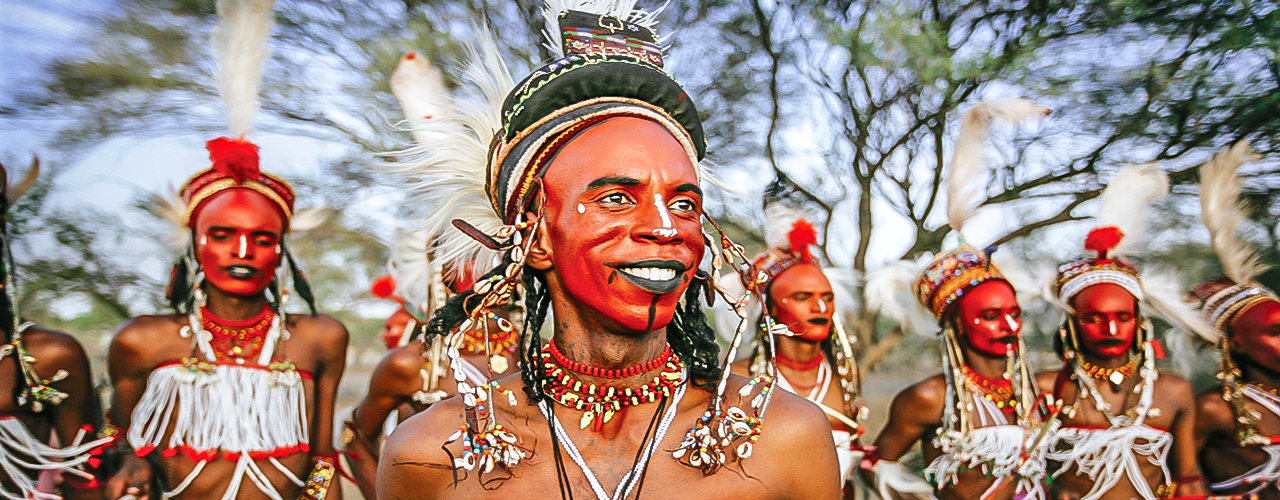
The Sudano-Sahelian peoples are found mainly in northern Cameroon and are distinct because of their traditional societies. These societies are lamidats, sultanates and chiefdoms. These societies have coexisted for hundreds of years and abide the laws of the local Cameroonian administration. The people in this region are both Christian and Muslim and are very tolerant of each other. Artistic expression is manifested by several festivals are held annually in the major cities of the region especially during the tourist season from November to May. Smaller celebrations are also held in the different lamidats, sultanates and chiefdoms. It is an ideal opportunity to experience the art, crafts, cultural ceremonies and music of these societies.
Languages

Languages Cameroon is bilingual and 70% of the people speak French and cover eight of the ten regions, the other 30 % speak English and cover two regions. This resulted from the colonial area when Cameroon was left to after the First World War to France and Britain. Cameroon has over 250 ethnic groups and languages, the main groups are Bétis the Bamiléké the Bamouns, the Fulani and Kirdis. The general public can communicate that in French, English or pidgin. Pidgin is a mix of Creole and English, which is very often used in markets.
Religions

Cameroon is a secular state with a diversity of religions, whose followers live peacefully together. Christianity and Islam are the most widespread religions. The country is 70% Christians, 20.9% Muslim, 5.6% animist and 3.2% freethinkers.
